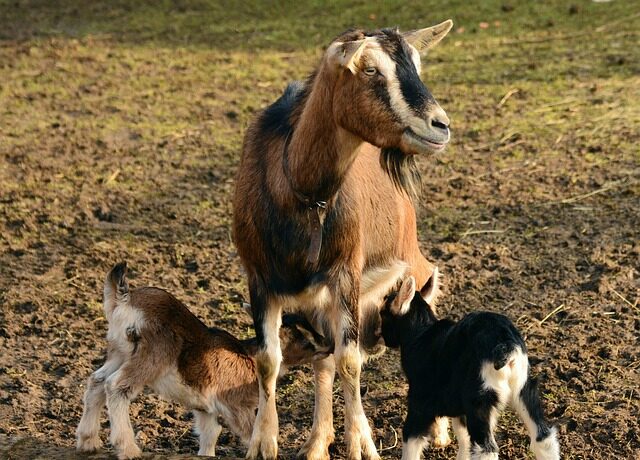On a sunny afternoon in Ogun State, I met a young graduate who had just resigned from his 9-to-5 job in Lagos. Tired of the rat race, he returned to his village to start goat farming. Many laughed at his decision – after all, in Nigeria, farming is often underrated. He said people mocked him and said a lot of things. Some even said he was out of his mind. But three years later, his farm supplies goats to restaurants, markets, and during festive seasons, and he earns more than most of his friends working in the city.
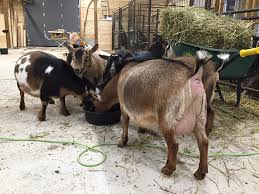
This story isn’t unique. Across Nigeria and Africa at large, goat farming is fast becoming one of the most profitable agribusiness ventures. Why? Because goats are hardy, reproduce quickly, and are in high demand for meat, milk, and even cultural ceremonies. Whether it is for Eid celebrations, Christmas feasts, or simply pepper soup joints, goats never go out of season.
If you have ever thought about venturing into agriculture, goat farming might just be the golden ticket. This guide will walk you through everything you need to know – choosing breeds, housing, feeding, health care, and marketing – so you can start and sustain a profitable goat farming business.
Before diving into the “how,” let’s talk about the “why.” Goat farming has many advantages:
- High demand: Nigerians love goat meat (chevon/ asun), which is considered tastier and healthier than beef.
- Cultural relevance: Goats are essential for traditional events, weddings, and festivals.
- Quick reproduction: A healthy doe can produce 2–3 kids twice a year.
- Low maintenance: Compared to cattle, goats require less space, feed, and capital.
- Multiple products: Beyond meat, goats provide milk, manure, and even leather.
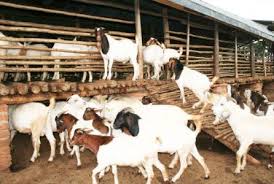
As one farmer in Kaduna put it: “With goats, you don’t need to wait forever to see profit. In less than a year, you can double your herd.”
Goat farming may look easy, but success depends on knowledge. Study the market in your area:
- What breeds do people prefer?
- Is there higher demand for meat goats or dairy goats?
- Who are your potential buyers – restaurants, markets, or households?
Research also helps you estimate costs and avoid common mistakes.
Step 2: Choose the Right Goat Breed
Not all goats are the same. The breed you choose will determine your success. In Nigeria, popular breeds include:
- West African Dwarf (WAD): Hardy, disease-resistant, and thrives in humid areas.
- Boer Goat: Fast-growing meat breed, originally from South Africa, but more expensive to buy.
- Sokoto Red: Popular for its skin and meat, commonly found in Northern Nigeria.
- Sahel Goat: Suited for arid regions, known for tall stature.
- Alpine or Saanen: Dairy breeds, ideal if you want to focus on milk production.
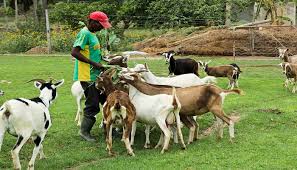
For beginners, the West African Dwarf is often recommended because it’s easy to manage and adapts well to local conditions.
Step 3: Secure Land and Housing
Goats don’t need a massive ranch like cattle, but they do need a clean, dry, and well-ventilated shelter.
Land
An acre of land can comfortably support 40–50 goats, depending on grazing availability. Choose land with good drainage to prevent water-logging.
Housing
Your goat pen should:
- Be raised above ground (at least 2 feet) to avoid dampness.
- Have good ventilation and natural light.
- Include feeding and watering areas.
- Provide separate space for kids, does, and bucks.
Remember: A clean pen means healthier goats.
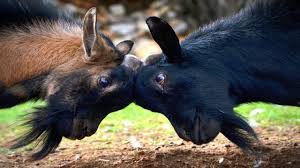
One of the beauties of goat farming is that goats eat almost anything – but that doesn’t mean they should. Proper feeding ensures faster growth and healthier animals.
Common Feed Options
- Natural grazing: Let goats graze on grasses, shrubs, and legumes.
- Supplements: Provide maize bran, groundnut cake, or soya bean meal for extra nutrients.
- Minerals: Always provide salt licks to improve digestion and growth.
- Water: Fresh water should always be available.
Tip: Avoid feeding goats with poisonous plants like cassava peels with cyanide or wilted tomato leaves.
Step 5: Breeding and Reproduction
Goats mature quickly. A female (doe) can reproduce at 8–12 months, while males (bucks) can start mating at 12 months.
- Gestation period: About 150 days (5 months).
- Litter size: Often twins or triplets.
- Breeding management: Don’t overuse your buck – rotate breeding to avoid stress.
To grow your herd faster, maintain proper records of births, health, and lineage.
Step 6: Health Care and Management
Goats are hardy, but neglect can lead to losses.
Common Diseases
- PPR (Peste des Petits Ruminants): Highly contagious viral disease.
- Foot rot: Caused by poor hygiene in damp areas.
- Worms and parasites: Common in goats, leading to weight loss.
Prevention
- Vaccinate against common diseases.
- Deworm regularly (every 2–3 months).
- Keep pens clean and dry.
- Isolate sick animals immediately.
As farmers say, “Prevention is cheaper than cure.” Regular check-ups by a veterinary doctor are a must.
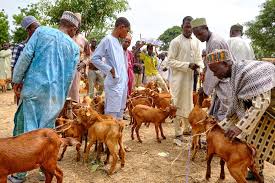
You may raise the healthiest goats, but without buyers, your business stalls.
Where to Sell
- Local markets (e.g., Eke Market at Kwale, Mile 12 in Lagos, Bodija in Ibadan).
- Direct supply to restaurants and hotels.
- Festive seasons like Eid-el-Kabir and Christmas (demand and prices skyrocket).
- Online platforms and social media (Instagram, Facebook farm pages).
Tips
- Build relationships with consistent buyers.
- Join cooperative groups or associations for wider reach.
- Brand your farm – customers pay more for trusted, quality suppliers.
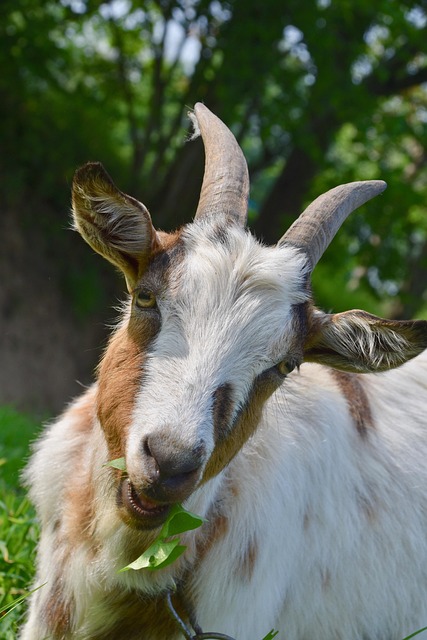
Estimated Costs and Profits
Starting a small goat farm with 10 – 20 goats can cost between ₦300,000 – ₦500,000, depending on land, housing, and breed choice.
Potential profit:
- A mature goat sells between ₦30,000 – ₦60,000 depending on breed and season.
- With good breeding, 10 goats can become 25 – 30 goats in 2 years.
- Profit margins can range from 30% to 50% annually.
During festive seasons, prices can double, giving farmers even higher returns.
Like any business, goat farming has its hurdles:
- Diseases and high mortality can occur if not well managed.
- Theft (goats are easy targets in rural areas).
- Initial cost of quality breeds.
- Market price fluctuations.
But with proper planning and good management, these challenges can be minimized.
Tips for Success in Goat Farming
- Start small, grow gradually. Don’t rush into buying 100 goats without experience.
- Invest in quality breeds from reputable farms.
- Learn continuously – attend workshops, join farmer groups, and read materials.
- Record keeping – track feeding costs, births, sales, and health.
- Diversify products – sell manure, milk, and goat skin in addition to meat.
Conclusion
Goat farming in Nigeria is more than just raising animals – it’s raising opportunities. From meat to milk, leather to manure, goats are a gift that keeps giving. For the unemployed graduate, the retiree looking for a steady income, or the entrepreneur eyeing agribusiness, goat farming is a practical and profitable venture.
Think back to the young man in Ogun State who left city life to farm goats. His story proves that with determination, knowledge, and proper management, goat farming can transform lives.
As an African proverb says: “He who has goats never sleep hungry.”
If you are considering goat farming, start small, stay consistent, and watch your herd—and profits—grow. The market is ready, the demand is constant, and the opportunity is yours for the taking.
Contributed by Agolo Eugene Uzorka, a Human Resource Consultant and Content Writer.


